Pricing a derivative or service can be a challenging task for businesses. One common approach is to use cost-plus pricing, which determines the price by adding a markup to the product’s cost. Another approach is competitor-based pricing, where the price is set based on what competitors are offering similar products or services. While these methods may seem straightforward, they often do not consider the psychological impact of different price points on consumer behavior.
For example, a consumer may perceive a product that costs $9.99 to be a better value than one that costs $10, despite the difference being only one cent. That is because the price ending in “9” is known as a “charm price” and can make the product seem more affordable. On the other hand, a product with a price ending in “0” or “5” may be perceived as having a higher value, as it is viewed as being more rounded and, therefore, more expensive.
One concept that can help businesses better understand how consumers perceive different prices is the idea of “tipping points.” These are specific price points at which the perceived value of a product or service changes significantly. For example, a product that costs $9.99 may be seen as a better value than one that costs $10, even though the price difference is only one cent.
So how can businesses find their list price tipping points? Here are a few tips:
- Use market research to gather data on consumer perceptions of different price points. That includes surveys, focus groups, and other methods of gathering feedback from potential customers. Use your data to create a price matrix for your product or service. This will help you determine the prices most likely resonate with customers and lead them to buy.
- Experiment with different prices to see how they affect demand. That can be done through A/B testing, in which different prices are offered to different groups of consumers to see which price generates the most sales. For example, you might offer one group of consumers a product for $10 and another for $20. After some time has passed, you can compare the results of each to see which price generated more sales. If your research shows that customers are willing to pay more than what’s currently being charged, raise your prices accordingly.
- Consider the price sensitivity of your target market. Some consumers are more sensitive to price than others, so it’s important to consider this when determining your list price. You’ll want to test the price sensitivity of your target market before making any changes. You could survey or ask individuals what they would pay for your product if it were available at different prices. Once you have enough data, look for patterns that show which price points generate the most sales.
- Please take into account the value that your product or service provides. If you offer a high-quality product or service that delivers significant value to customers, you can charge a higher price without turning them off. If you still need to figure out the price of your product or service, feel free to experiment. You can adjust your price later if it doesn’t generate enough revenue for your business.
By understanding the psychological effects of different price points and using market research and experimentation to find your list price tipping points, you can better understand how consumers perceive the value of your product or service and price it accordingly. That can help you maximize your profits and build a loyal customer base.
Need more ideas for selling your house faster and for the best price possible? Contact Us Today!

